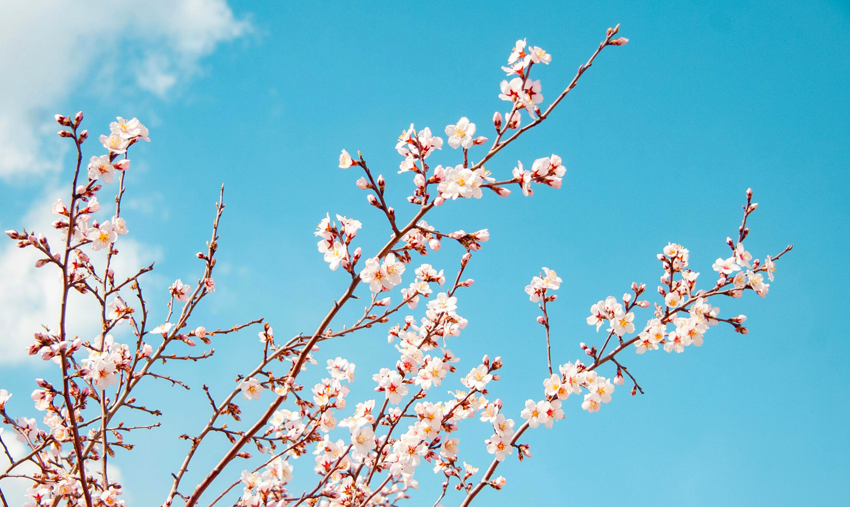You’re not the only one who’s excited about spring
World traditions show we’re all ready for some friggin’ sunshine

Tens of thousands of people are visiting the Mayan archaeological site of Chichen Itza today–on the spring equinox—to watch the mythic serpent deity Kulkulcán descend the impressive El Castillo pyramid.
Okay, so it only appears as the form of a snake slithering down the temple’s northwest façade, but the illusion is cool. The annual Kukulcán serpent ceremony lasts for 45 minutes, with the light of the sun illuminating seven isosceles triangles from top to bottom, finally shining a spotlight on the serpent’s feathered head at the pyramid base.
Mayan astronomers intensely studied, interpreted, and recorded every celestial aspect of the sky, but they also believed in deities and practiced animism–the belief that all things had a soul, both animate and inanimate. So, according to the Mayans, Kukulcán appeared on El Castillo to bless the crops and bestow good health on their people.
This year’s equinox will take place at 9:06 p.m., the precise moment when the sun is directly over the equator, and the day and night equal in length (hence the name). And, hordes of people will celebrate the changing of the seasons, a festival that will last days (with each serpent shadow “show” beginning at 4 pm each day).
Let’s take a look at some other spring equinox celebrations happening around the world.
Ostara
When you think of spring equinox holidays, there’s a fair chance you think of pagans in the British Isles. Sure enough, Ostara honors the spring’s warmth, the light of the sun, and the awakening of the earth, occasioning celebrations of balance, rebirth, and renewal.
Each year at Stonehenge, Druid and Wiccan groups gather to celebrate Ostara. During the equinox, robed revelers gather, hold hands, chant, and confirm their druid vows. At the center, between the stones, the group welcomes spring by giving thanks to the four cardinal directions with raised hands and chanting. (Interestingly enough, “Ostara” is also etymologically related to Easter).
Nowruz
Celebrated since ancient times, and today by 300 million people across the globe, Nowruz (“new day”) marks the first day of spring and the new year for Persian cultures. The 13-day festival is a time of renewal, peace, prosperity, and family togetherness.
In a theme that repeats itself across many equinox traditions, it’s also an “out with the old, in with the new” time of year, and that means spring cleaning! People take care of household repairs and cleaning, and symbolically gather vibrant and fresh flowers to display in their homes.
Shunbun No Hi
The Japanese spring equinox celebration is a seven-day event called “higan” that started on March 17 this year, and ends on the 23rd (in Japan, on the other side of the International Date Line, the equinox falls on the 20th).
A national holiday, Shunbun no Hi is a time to commune with nature and show affection for all living things, bringing families together in celebration. Families also make time to visit ancestors’ graves to pay their respects, clean the tombstones, and leave flowers or food. Many Japanese people will also take time to practice “hanami”—the custom of visiting and viewing the cherry tree blossoms—which begin to bloom around the same time of year.
Holi
Undoubtedly the most colorful spring equinox celebration, Holi coincides with the last full moon day of the Hindu lunisolar calendar, signaling the end of winter and the arrival of spring. Holi is celebrated around India with various traditions, all rooted in mythology such as the legend of Krishna and Rhada.
On the night of the full moon (Holika Dahan–March 24 this year), people gather around bonfires, burning old, unused things to symbolize grudges, conflicts, past errors, and bad habits. The next morning is when the festival gets really colorful, with people–friends, families, and strangers alike–spraying and smearing each other with a rainbow of colored powders, dancing and laughing the day away!
